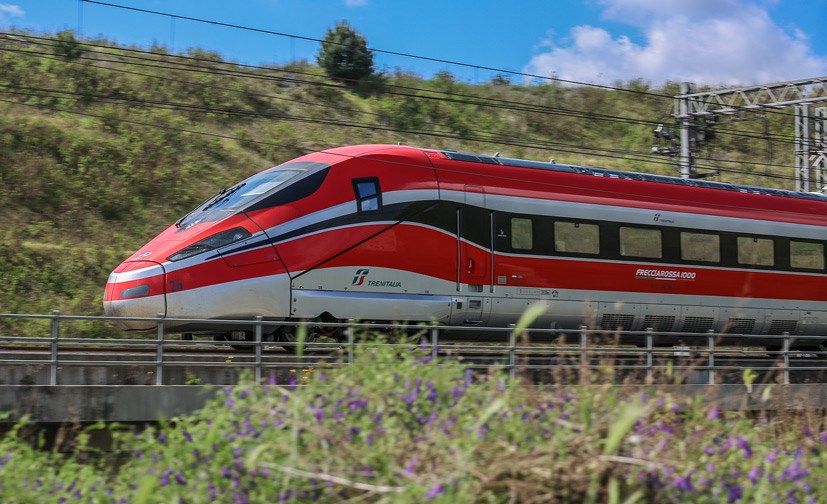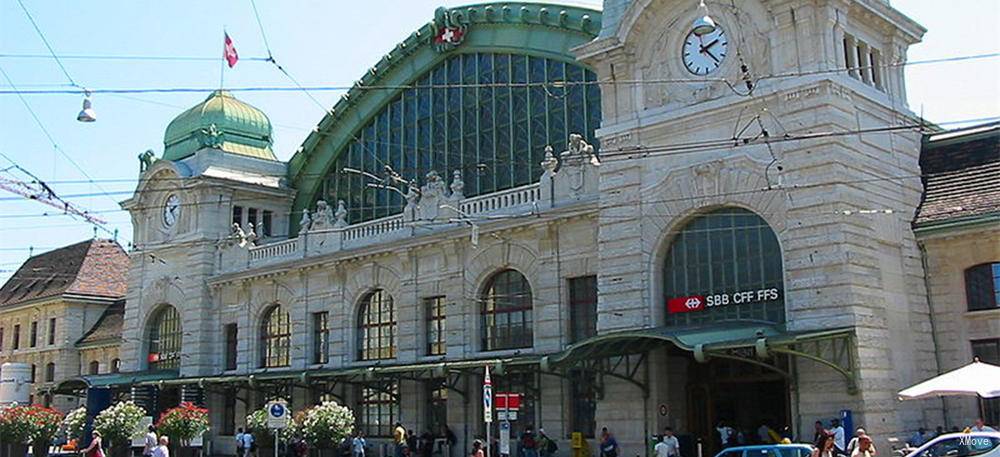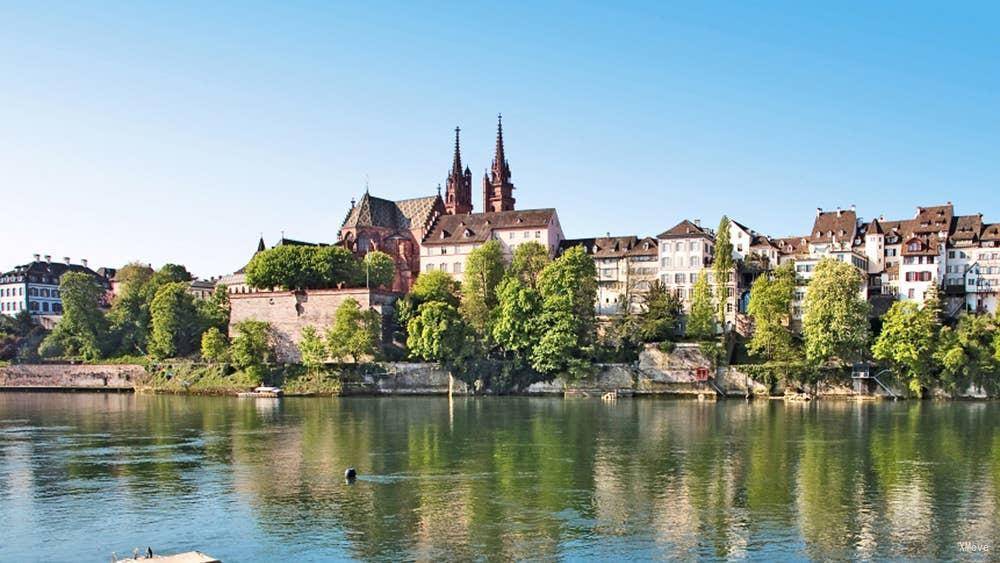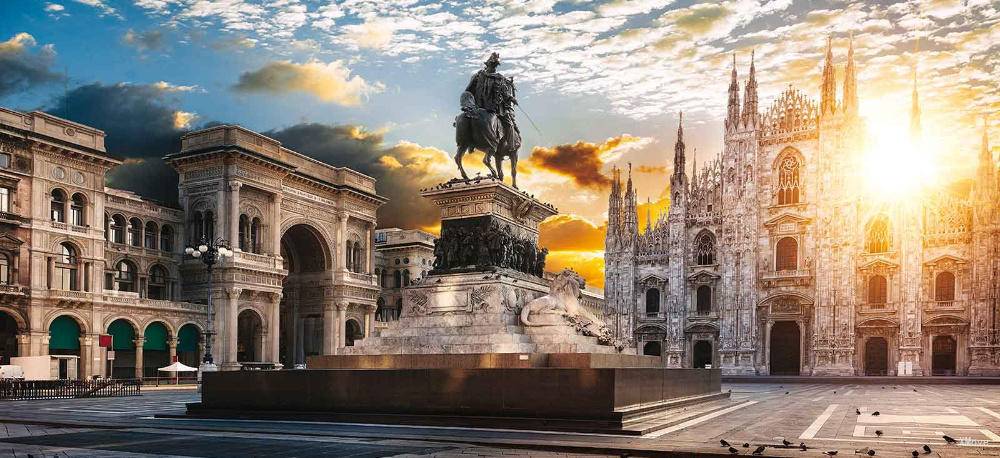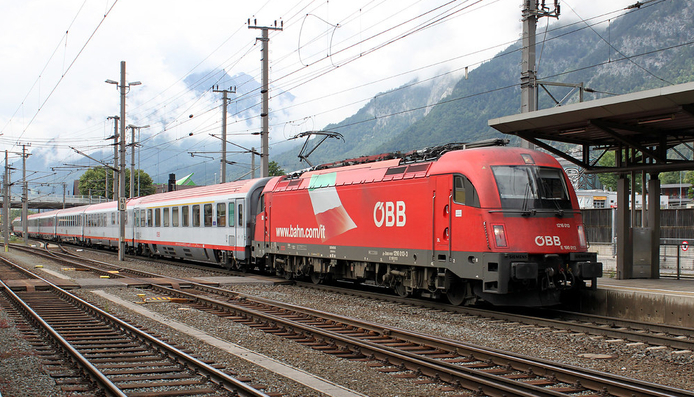Milan
City Overview
Milano is the capital of Lombardia, the second largest city in Italy, and the “engine” of the northern economy. It is a sacred place for the fashion world and football fans, with shop windows that change every week and enthusiastic fans around the football match day. Being in Milan makes people feel the combination of history and modernity, the blend of fashion and art, but the most attractive shopping has always been an eternal theme. Throughout the history of Milan, its origins with the Roman Empire are not as ordinary as those of the northern states, and they walked the Gothic style.
Must Visit Attractions
Milan Cathedral Duomo di Milano
Milan Cathedral is a classic of Gothic architecture. This is a lightweight model developed in contrast to the post-Roman Chinese architecture. Although the cathedral has a history of hundreds of years, its sleek style complements and complements the progressive modern Milan skyscrapers. Walking in front of the majestic church, there is no illusion that sometimes the light goes back. Because its classicality has been deeply embedded in the modernity of Milan.
Transportation: Take the subway (red line M1/Yellow line M3) to the Duomo station; take the tram 3/24 to the Dogana (Duomo) station
Milano Santa Maria della Grazie
The monastery itself is not very famous, only because of Leonardo da Vinci's "The Last Supper" mural, where visitors are constantly coming. However, it is not easy to look at murals and you need to book tickets in advance. The color of the murals has become very light, due to the long-standing and erroneous repair methods of the 19th century.
Transportation: Metro red line M1, green line M2 to Cadorna station; tram line 16 to Santa Maria delle Grazie station.
Gourmet & accommodation & shopping
- ##### Gourmet
Whether it's a hearty stew or a creamy risotto, Milan's cuisine is extraordinary in taste and history. Milan has a rich cultural flavor and offers unique local cuisine including butter rice, braised pork and specialty pastries.
The practice of Italian risotto is completely different from that of Chinese rice. It is necessary to cook rice with various ingredients and stir fry to complete it. The taste is very rich. Milan's Italian risotto is famous, with mushroom ham and seafood risotto being the most common.
* ##### Accommodation
Popular attractions and shopping are concentrated along the M1 and M3 subways centered on Milan Cathedral. In addition, many international exhibitions are located at the Milan International Exhibition Center in the northwest of Milan (also known as "Rho", like the Milan Furniture Fair), and the Airport Express can be selected at the Milan Cadorna Train Station ( Get off at Milano Cadorna), take the metro red line M1 towards Rho Fieramilano and get off at the terminal Rho.
At the same time, Milan Central Railway Station is another big station that takes the train to other cities in Italy. From here, it is very convenient to go to Milan Cathedral and shopping area. So, around Milan Central Railway Station or Cadorna Railway Station to Milan University The subway station between the churches is the first choice for the accommodation area.
Milan's most popular affordable brand in the fashion capital is located on the Corso Vittorio Emanuele II next to Milan Cathedral, all the way to the M1 San Babila station; the boutique is on the Monte Napoleon Avenue. (Via Monte Napoleone) (Metro M3 MonteNapoleone station).
Traffic in the city
Trains to Milan usually stop at the Central Station, and other towns in the suburbs of Milan may stop at other stations like the North Station.
Milan's mass transit (metro, tram, bus, city rail) share the same type of ticket. Except for the subway and urban railways, the other vehicles can transfer to each other within 90 minutes of the effective time.
In Milan, there are four subways, each separated by color. M1 red, M2 green, M3 yellow, M5 purple, network distribution, and extending in all directions. Because Milan's subway network is roughly intensive, it takes less than 10 minutes to walk from the subway stations to the attractions, so the chances of using buses and trams are not high. But if you want to explore the city, it is a good way to take the bus and tram.
Milan - Guide, Attractions, Tours, Sightseeings | Train from/to Milan | Popular Routes
